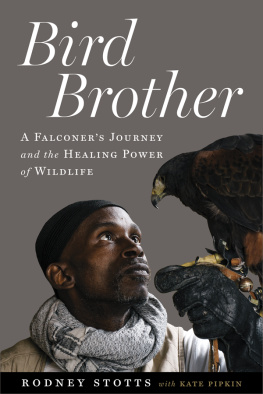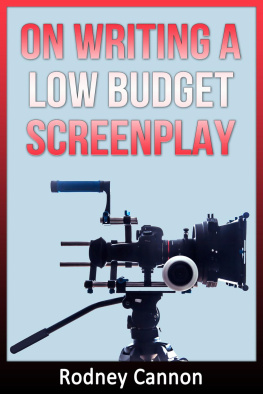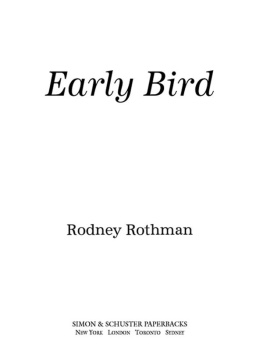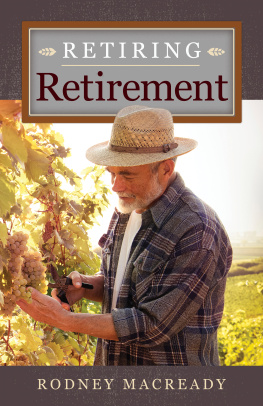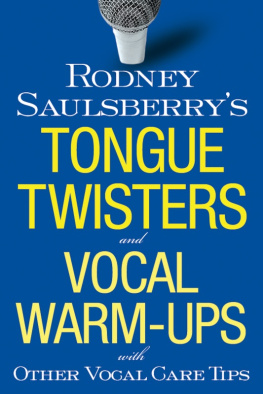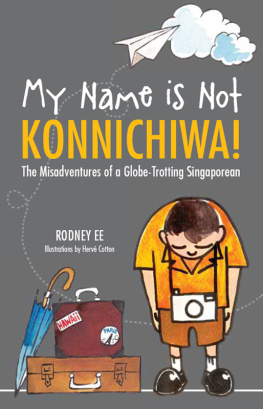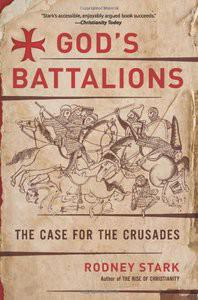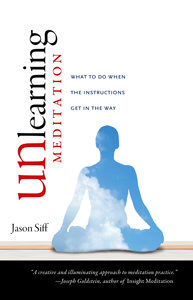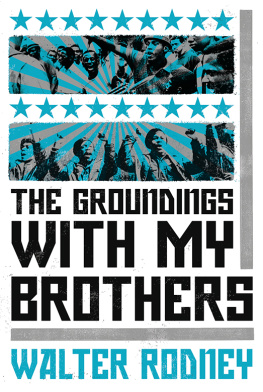About Island Press
Since 1984, the nonprofit organization Island Press has been stimulating, shaping, and communicating ideas that are essential for solving environmental problems worldwide. With more than 1,000 titles in print and some 30 new releases each year, we are the nations leading publisher on environmental issues. We identify innovative thinkers and emerging trends in the environmental field. We work with world-renowned experts and authors to develop cross-disciplinary solutions to environmental challenges.
Island Press designs and executes educational campaigns, in conjunction with our authors, to communicate their critical messages in print, in person, and online using the latest technologies, innovative programs, and the media. Our goal is to reach targeted audiencesscientists, policy makers, environmental advocates, urban planners, the media, and concerned citizenswith information that can be used to create the framework for long-term ecological health and human well-being.
Island Press gratefully acknowledges major support from The Bobolink Foundation, Caldera Foundation, The Curtis and Edith Munson Foundation, The Forrest C. and Frances H. Lattner Foundation, The JPB Foundation, The Kresge Foundation, The Summit Charitable Foundation, Inc., and many other generous organizations and individuals.
Generous support for this publication was provided by Margot and John Ernst.
The opinions expressed in this book are those of the author(s) and do not necessarily reflect the views of our supporters.

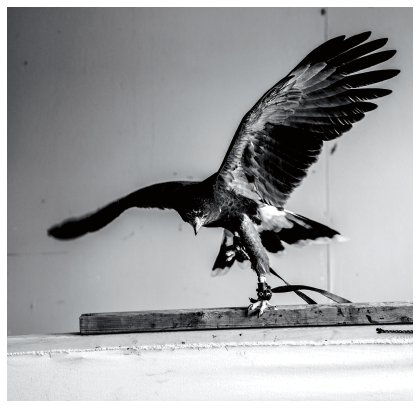
2022 Rodney Stotts and Kate Pipkin
All rights reserved under International and Pan-American Copyright Conventions. No part of this book may be reproduced in any form or by any means without permission in writing from the publisher: Island Press, 2000 M Street, NW, Suite 480-B, Washington, DC 20036-3319.
Library of Congress Control Number: 2021939614
All Island Press books are printed on environmentally responsible materials.
Manufactured in the United States of America
10 9 8 7 6 5 4 3 2 1
Keywords: Anacostia River, bald eagle reintroduction, conservation, Dippys Dream, Earth Conservation Corps, environmental education, Falconer, falconry, hawk, nature therapy, raptor, raptor rehabilitation, Rodneys Raptors, Washington, DC
ISBN-13: 978-1-64283-175-7 (electronic)
To my mom, Mary (Dippy), and my brother, Charles (Chuck), who helped make me the man I am today. My love forever.
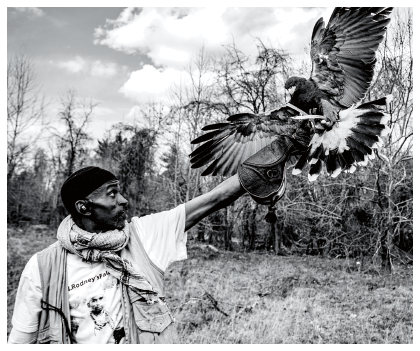
Chapter 1
I sat on the couch, lit a cigarette, and waited for T to come in from the back room with my eightball of cocaine. The smell of sulfur from the match still tickled my nostrils as I pulled on the cigarette. The first drag is always the best. The way it fills your lungs with a warmth that spreads through your body and seems to give your mind everything it needs. I knew I needed to quit, but not today.
Although the room was air-conditioned, I leaned back and wiped my forehead with the back of my hand, still recovering from the suffocating mid-August heat and humidity of Southeast Washington, DC. T had offered me a gin and tonic before he left the room, but I would have preferred an icy glass of really sweet tea. Maybe I would make some when I got home. Ive never really had a taste for alcohol except for the occasional beer, and of course I never broke the number-one ruleof any smart drug dealer: Do not use your product. Ever. But sugar and sweet drinks? Those were my addictions. And cigarettes. And dealing dope.
T had a nice apartment. I was pretty sure he didnt live there, just kept it as a meeting place, but that wasnt my business anyway. My 9mm pistol was poking into my back, but I didnt want to take it out and put it on the table. T knew I was armed but a move like that could be misunderstood as some sort of threat.
The relationship between two drug dealers and their transactions has to be carefully navigated and controlled. Say the wrong thing, make the wrong move, and you might get a mark put on your back. My MO was to stay calm and relaxed but alertalways looking around, like a hawk.
Okay, Rodney, lets get down to business, T said as he came back to the room with a broad smile and sat down across from me in a directors chair with shiny metal arms. He put a plastic bag and a triple beam scale on the table between us. At that time1992digital scales werent around much, but the triple beam gave a precise measurement.
What happened to your hand, man? T asked, pointing to the bandage wrapped around my left hand.
Drive-by, I said. I was seeing this girl down at Condon Terrace, and you know how it goes: some idiot with a gun, pissed at one person but shooting at everybody.
You go to the hospital?
T and I looked at each other and we both busted out laughing at the joke. Everybody knows that if you go to the hospital with a gunshot wound, the cops are gonna be called. Unless youre about to die, you dont go.
Its not that bad, I said. The bullet went clean through my hand so there wasnt even much blood. It had hurt like hell, but I didnt admit that to T.
Dang, Dog, Condon Terrace projects, thats a danger zone, all right.
My nickname at the time was Dog, because I had pit bulls. They were my pets, and I loved them like my children. But I had also trained them well, so they served a double purpose of keeping people at a distance.
T and I talked for a few more minutes about the perils of drive-by shootings, which were practically a daily occurrence in Southeast DC, and then T said, Okay, lets do this. He was a serious businessman and didnt like wasting his time. Neither did I.
He used a small spoon to measure out the white powder and gestured for me to sample. I put my pinky finger on my tongue and then gently dipped it in the coke. I rubbed the powder along the gums above my upper teeth and then on the gums of my lower jaw until I felt the familiar tingle and numbness.
Oh yeah, thats good, I said.
I aim to please, T said with a laugh.
Just as T started to spoon the coke onto the scale, a large shadow passed by the side window.
What was that? I said, standing up and walking over to the window. T ignored me, focused on measuring the coke.
The window looked out on an empty overgrown lot strewn with empty bottles and crumpled fast-food bags. Then I saw it, on the edge of the roof of an abandoned house next door, just about ten yards awaya huge hawk, with a rodent dangling from its white, curved beak. The bird tilted its head and looked at me with intense golden eyes. This creature was impressive.
I didnt know it at the time, but I was looking at a red-tailed hawk, one of the most common hawks in North America. I had always been fascinated by birds, especially the big ones like hawks, owls, falcons, eagles, and vultures. The first large bird I ever saw was a bald eagle. I must have been in the third or fourth grade, and our class went on a trip to the National Zoo on Connecticut Avenue in Woodley Park. The wingspan of that eagle was close to eight feet. Its curved yellow beak was imposing, and it had wicked-sharp talons from which almost nothing would escape death. The white feathers on its head rippled across the tops of his eyes, making him look proud and defiant. For a kid like me from the DC housing projects, this was mesmerizing. And so began my obsessionwith raptors. They were fierce. They were deadly. They were respected. Thats what I aimed to be. And now, with my guns and dogs, I was.

